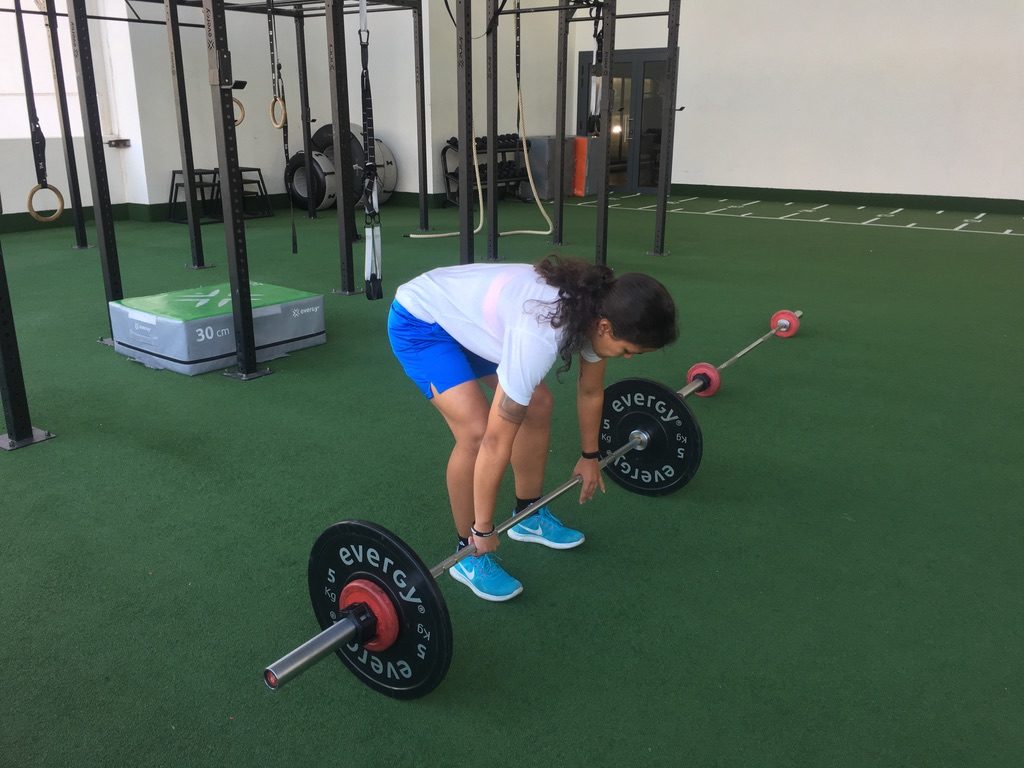The psychological impact of injuries in sport

Injuries represent an interesting phenomenon in the field of Sport Psychology. Given its incidence and the consequences it has on athletes and coaches, it definitely deserves a chapter of its own.
Studies regarding injuries in sport from a psychological standpoint began during the 70s. It wasn’t until the 80s that three lines of investigation were defined:
- Psychological vulnerability as a risk factor for injuries
- Influence of past injuries of the athlete
- Emotional reaction following the injury
On this occasion, I’ll be focusing on the last one, emotional reactions following an injury and how we can intervene on a psychological level to control its impact on the rehabilitation process.
The role of stress
It seems pretty obvious that injuries will affect the emotional well-being of an athlete, resulting in fluctuation of the athlete’s mood and a hindered adherence to rehab programs. There are, however, factors that initiate and maintain this emotional disequilibrium. The most important of all these is stress.
Firstly, stress stars in a vicious cycle in which the athlete becomes more vulnerable to having injuries and, also, appears more easily once the injury has actually happened (Ortín, Garcés de los Fayos y Olmedilla, 2010). So, it seems rather relevant to take stressors into consideration. However, stressful situations vary from one athlete to the next based on their modality:
- Elite sport: club discipline, high demands regarding results and progress
- Sport for health reasons: adherence, subjective well-being, balancing work, family and sport
When it comes to prevention, it’s important to know which stressors are affecting the athlete and the context in which they’re produced. Negative impact of injuries is directly related to the time the athlete has spent practicing their sport (Santi & Pietrantoni, 2013). The reason being that an Olympic athlete or a football player who’s been mastering their sport their entire lives define their identity based on their athletic prowess. An injury interrupts their day-to-day activity so the emotional impact will always be higher and more intense.
Not to say that stress induced by injury in someone who’s been practicing sport as a hobby can’t be as intense. Many people use sport as a source of positive sensations or as a coping method. When access to this source is unavailable, it also has negative consequences. It’s important to consider the role that sport plays in the athletes’ lives to explain their emotional state following the injury.
Affective cycle of injury (O’Connor et. al, 2005)
O’Connor et. al (2005) described the emotional consequences following injury as a “cycle”. Emotional recovery of the athlete is not linear, it’s a cycle that changes daily (Podlog, Heil & Schulte, 2014). Mostly affected by the proper stages of rehabilitation because they all pose a different challenge, and necessarily, change the emotional reaction of the athlete.
- Denial: at first, the athlete doesn’t really consider the reality of the injury and may even feel positive and optimistic facing early stages of rehab. At this point it is actually adaptive to have this mechanism prevail. If it appears in later stages, it isn’t that helpful.
- Distress (anger, fear, anxiety, etc.): once the idea has sunk in that injury will separate the athlete from their sport, negative affect appears: feelings of loss, fear of re-injury, excessive worrying, etc.
- Determined coping: it includes resource appraisal, goal setting, commitment, attentional control and cooperation with medical staff. This is the most functional response when faced with injury and must be a goal in itself for all injured athletes.

3 things to help manage emotions
As we’ve seen, injuries cast a large shadow on the emotional mood of an athlete. The individual will suffer highs and lows during their recovery process motivated by the millions of thoughts that navigate their minds daily: performance concerns once they’re recovered, helplessness, optimism, impatience, etc…
It’s important that their environment, medical staff and even the athletes keep in mind 3 tools that may help keep their motivation and adherence to treatment up high to ensure a proper recovery:
- Giving more information regarding the rehabilitation process helps reduce the anxiety of the athletes because it allows them to view the situation realistically.
- Learn not to depend on painkillers along with differentiation between injury pain and rehabilitation pain (this education must be provided by medical staff, as well as the first)
- Goal-setting to increase motivation and commitment of the athlete. It also helps guide the recovery process. These goals must be realistic, measurable, specific, stimulating and time-based (short, mid and long term). It will have a positive impact on the sense of control of the athlete and their activation towards rehabilitation.
O’Connor, E., Heil, J., Harmer, P. & Zimmerman, I. (2005). Injury. In J. Taylor, & G. Wilson (Eds.), Applying sport psychology (pp. 187-206). Champaign, IL: Human Kinetics.
Ortín Montero, F. J., Garcés de los Fayos Ruiz, E. J., & Olmedilla Zafra, A. (2010). Influencia de los factores psicológicos en las lesiones deportivas. Papeles del psicólogo, 31(3).
Podlog, L., Heil, J., & Schulte, S. (2014). Psychosocial factors in sports injury rehabilitation and return to play. Physical Medicine and Rehabilitation Clinics, 25(4), 915-930.
Santi, G., & Pietrantoni, L. (2013). Psychology of sport injury rehabilitation: a review of models and interventions.





